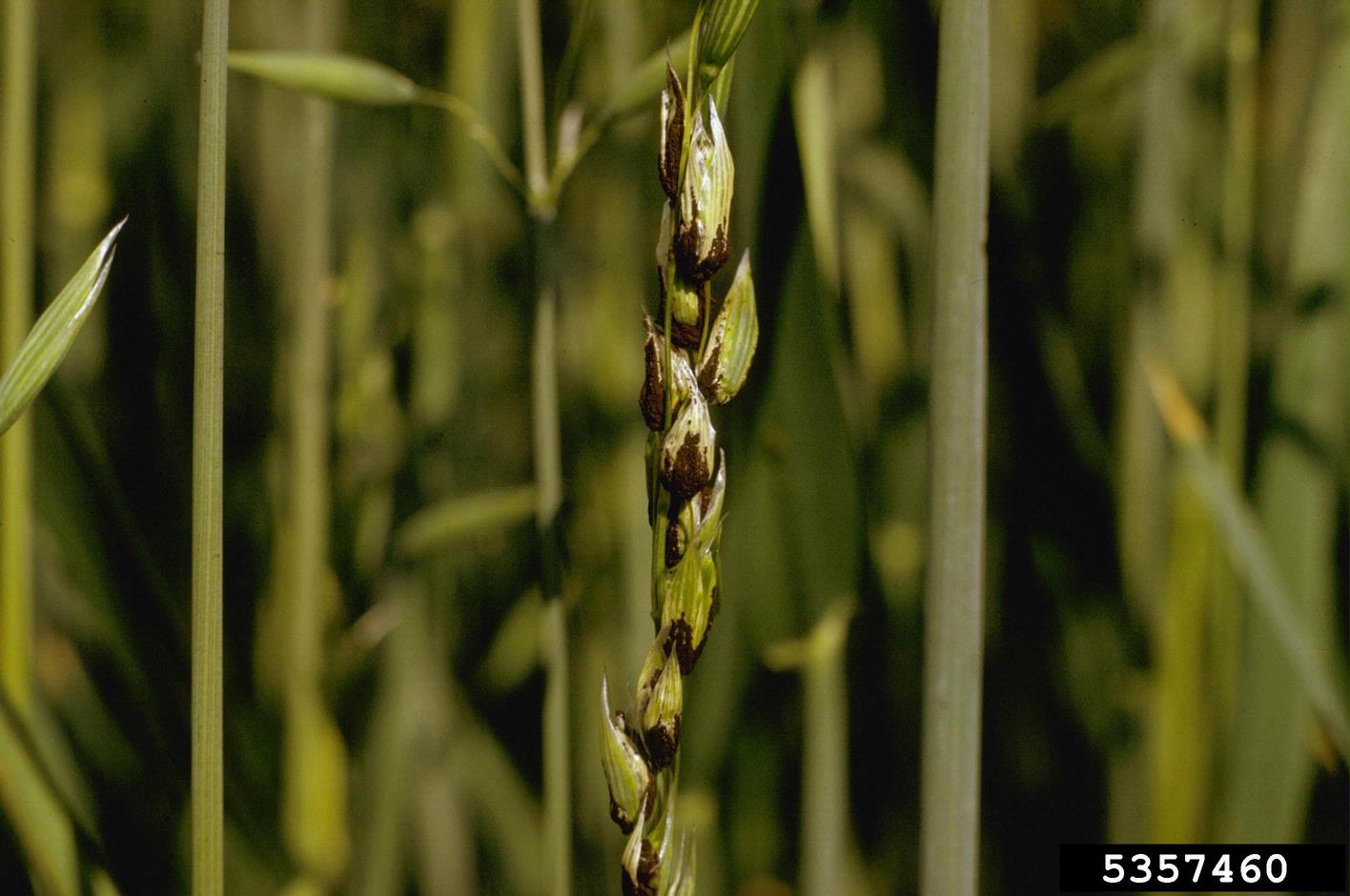Oat Covered Smut Control – Treating Oats With Covered Smut Disease


Smut is a fungal disease that attacks oat plants. There are two kinds of smut: loose smut and covered smut. They look similar but result from different fungi, Ustilago avenae and Ustilago kolleri respectively. If you are growing oats, you probably need oats covered smut information. Read on to learn the basic facts about oats with covered smut, as well as tips on oat covered smut control.
Oats Covered Smut Information
You can find oats with covered smut in many places that oats are grown. But the disease is not easy to spot. You may not realize that your oat plants are diseased until the crop develops heads.
Oats covered smut symptoms are generally not visible in the field. That’s because the smut fungus forms in small, loose balls inside the oat panicle. In oats covered with smut, the spores are contained within a delicate gray membrane.
The kernels of oats are replaced by the dark spore masses, composed of many millions of spores called teliospores. While the fungus destroys the seeds of the smut covered oats, it doesn’t ordinarily destroy the outer hulls. This effectively masks the problem.
It is only when the oats are threshed that the oats covered smut symptoms become apparent. Covered smut spore masses burst during harvest, giving off the smell of decaying fish. This also spreads the fungus to healthy grain that can then become infected.
It also spreads the spores onto the soil where it can survive until the next season. That means that susceptible oat crops the following year will also be infected with covered smut.
Treating Oats with Covered Smut
Unfortunately, there is no way of effectively treating oats with covered smut once you have threshed the oats. And a heavy outbreak of the fungal disease will almost inevitably result in a poor crop.
Sign up for the Gardening Know How newsletter today and receive a free copy of our e-book "How to Grow Delicious Tomatoes".
Instead, you should look to earlier methods of treating the issue. First, always use smut-resistant seeds that are recommended by your local university extension. With smut-resistant seeds, you are must less likely to suffer crop loss due to this issue.
If you don’t get smut-resistant oat seeds, you can also use a seed treatment for oats covered smut control. If you treat the oat seeds with an appropriate fungicide, you can prevent covered smut as well as regular smut.

Teo Spengler is a master gardener and a docent at the San Francisco Botanical Garden, where she hosts public tours. She has studied horticulture and written about nature, trees, plants, and gardening for more than two decades, following a career as an attorney and legal writer. Her extended family includes some 30 houseplants and hundreds of outdoor plants, including 250 trees, which are her main passion. Spengler currently splits her life between San Francisco and the French Basque Country, though she was raised in Alaska, giving her experience of gardening in a range of climates.